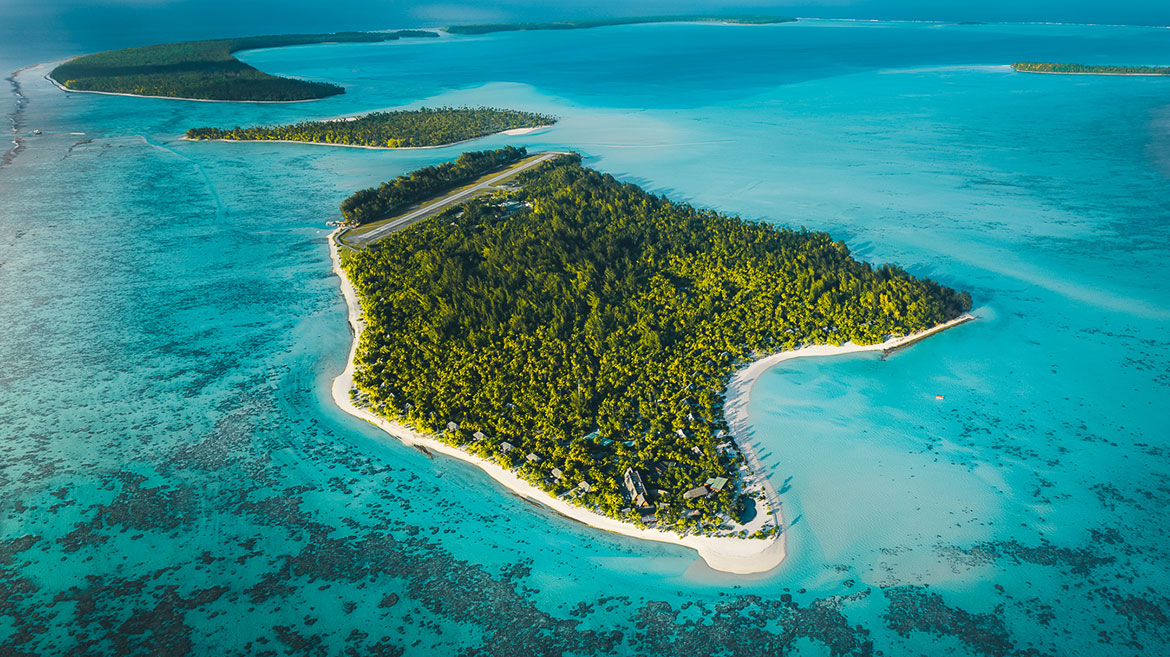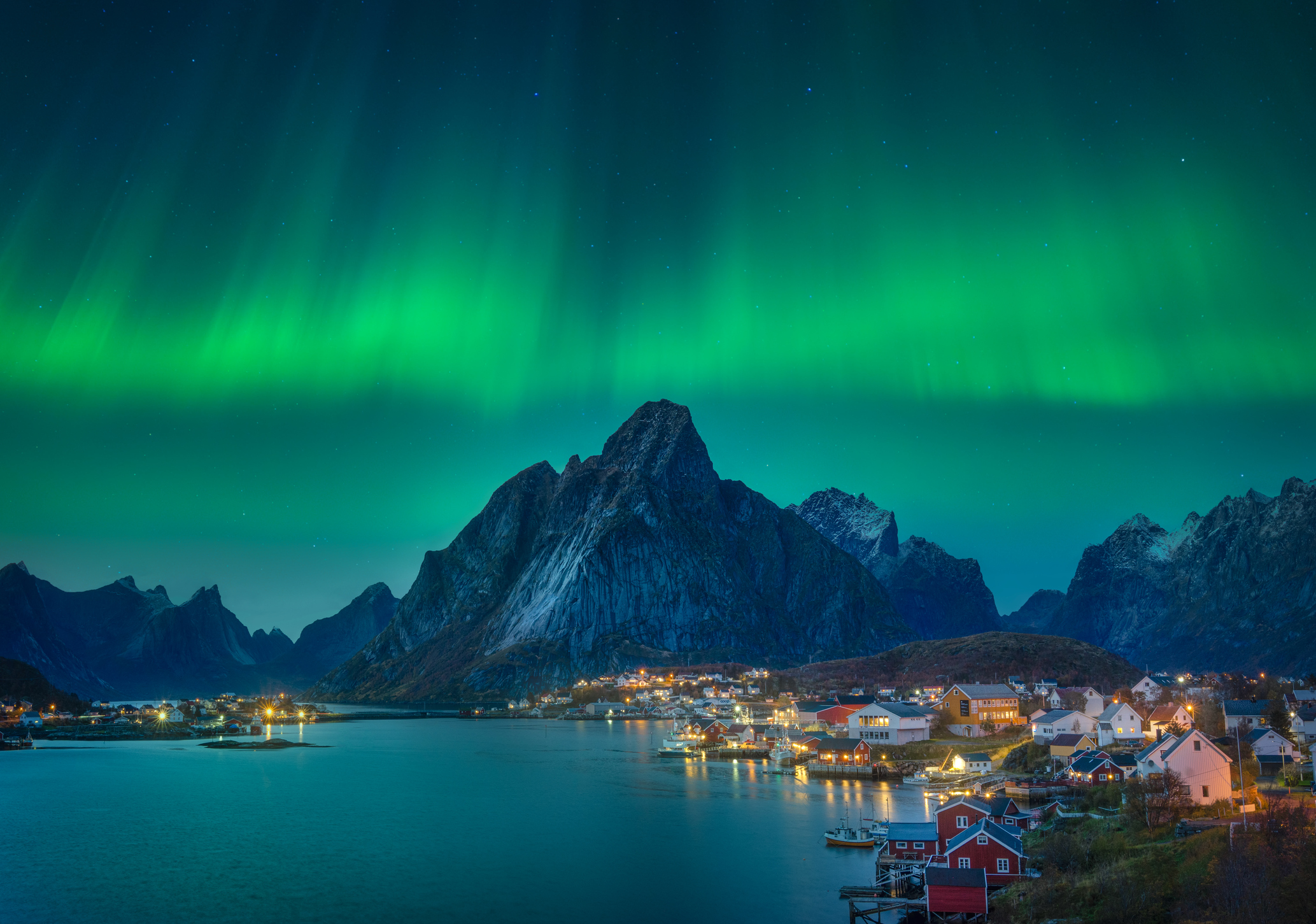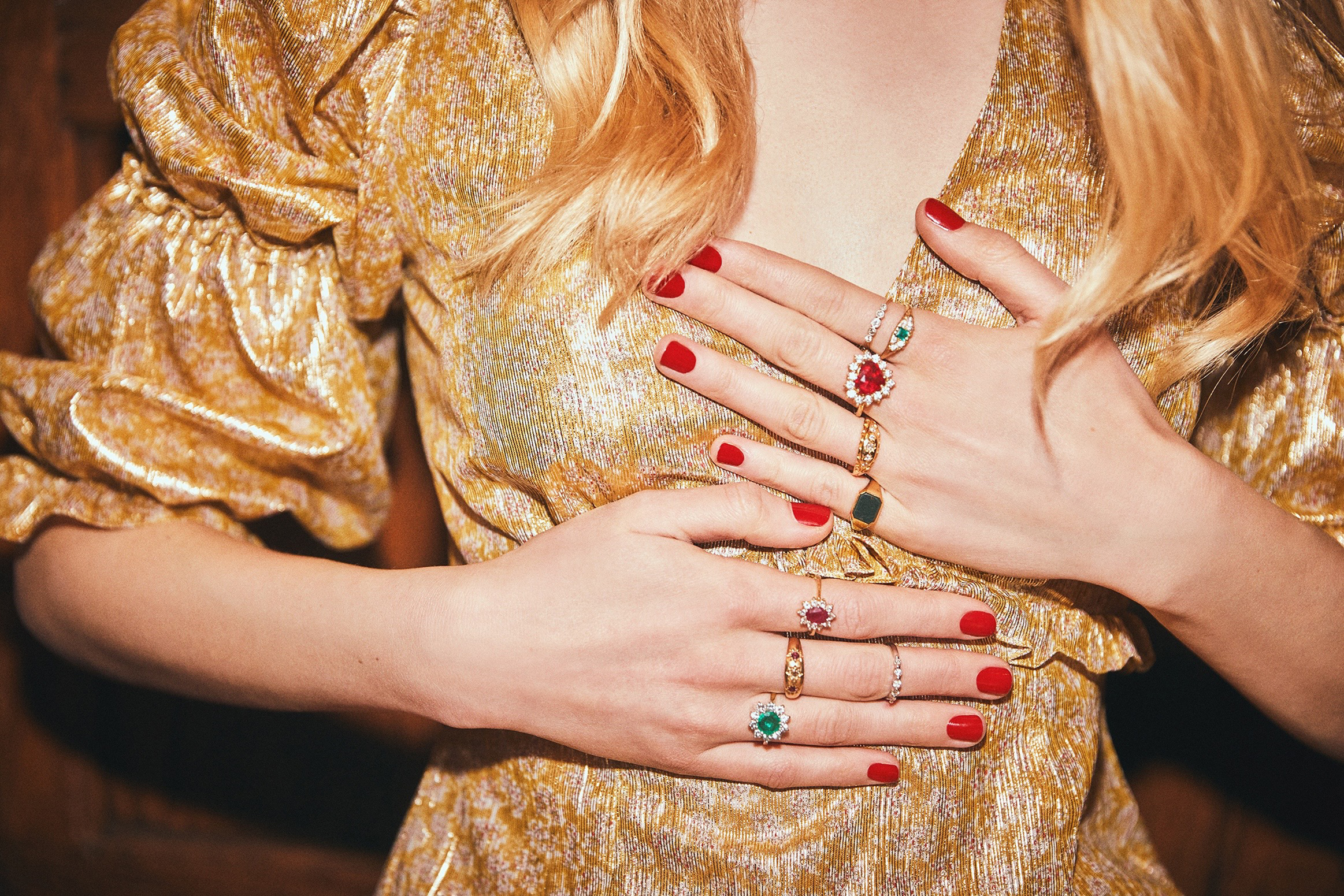The Brando, a Polynesian paradise – MoneyWeek travel
Sustainability meets the last word in luxury on Marlon Brando's island in French Polynesia, says Chris Carter


Marlon Brando fell in love with more than his beautiful Polynesian co-star and, later, wife, Tarita Teriipaia, while filming Mutiny on The Bounty in 1962. He also fell in love with Tetiaroa, the sole atoll in the Society Islands, which are part of French Polynesia.
Tetiaroa is what is left of what was once an island, like nearby Tahiti and Moorea, that was formed from a volcanic eruption three million years ago. Over time, erosion chiselled away at the island, while the weight of Tahiti, to the south, on the Earth’s crust, lowered the seafloor and submerged Tetiaroa for good.
But the reef that had formed around the island remains, formed and maintained by organisms over millennia. It is a living thing. Today, the 25km reef consists of 12 motu (islets) around a 27-square-kilometre warm-water lagoon.
MoneyWeek
Subscribe to MoneyWeek today and get your first six magazine issues absolutely FREE

Sign up to Money Morning
Don't miss the latest investment and personal finances news, market analysis, plus money-saving tips with our free twice-daily newsletter
Don't miss the latest investment and personal finances news, market analysis, plus money-saving tips with our free twice-daily newsletter
Tetiaroa has long been a special place
Tetiaroa has long been a special place. Before the arrival of Europeans in 1767, it was used as a retreat by the Pomare royal family of Tahiti and by the ari’i (chiefs) for the “Te Pori” coming-of-age ceremonies for their children.
These “fattening-up” rituals involved feeding the spoiled offspring with delicacies from the island and anointing their bodies with fragrant coconut oil.
At the turn of the 20th century, Tetiaroa was sold to a Canadian dentist (some say to settle a royal gambling debt), who turned the motu into a copra plantation for the production of coconut oil.
It was from this estate that Brando bought Tetiaroa in 1965, returning the atoll to something resembling its former glory as a pleasure ground. The actor had long envisaged building a sustainable resort here. Sadly, he never got to see it. But ten years after the actor passed away, The Brando opened in 2014. In October 2022, I visited.
To get to The Brando, you have to take a plane – the resort’s plane. A 20-minute flight from Tahiti on an Air Tetiaroa twin-prop can be a wild ride. The atoll doesn’t have the mountains of its big sister to the south to shield it from the wind, so the plane can get a little bumpy coming in to land – not that the pilots seemed bothered.
But the views of the atoll, with its dozen motu and connecting sand cays, is breathtaking. Safely on the ground on the largest of the motu, called Onetahi, my partner and I received a warm welcome and a tour of the resort by golf buggy.

The villas are secluded sanctuaries
The Brando comprises two bars, three restaurants, shops, a Polynesian spa, a shared swimming pool, 35 villas (all with pools) and a house (which was for sale when I was there – $25m since you asked.) More “residences” are planned. But it was outside our one-bedroom villa that the golf buggy came to a final stop. Superlatives get bandied about in travel writing, but trust me when I say the villas are stunning. It’s not for nothing Barack Obama chose to spend a month at The Brando to write his memoirs after leaving the White House.
At the start of the path that connects the wood-and-thatch villa to what passes for a “main road” leading to the hub of the resort, are two bicycles with panniers.
These, you can use to pedal around the motu, and nothing is off-limits apart from the airstrip – not even the staff village.
Up the garden path you go and through the front door, you arrive in the reception area, with a sofa and a small table beneath a Polynesian print. Tea, coffee and the not-so-mini bar are here, which are restocked daily.
A left turn takes you to the living room/office area, with a sofa and wide TV. Walk back through the reception and up the few steps to the bedroom, which has a concealed TV and a large bed from where you wake up to gorgeous views of the lagoon.
A right turn here takes you through the dressing area, and up a few more steps to the bathroom with a shower and his and hers sinks. Outside, there is an al fresco bathtub. Come back down to the reception area and turn right, through the sliding doors, to your own private Eden.
Here, you have your own sleek, dark-stone infinity pool. To the left is a thatched table area for dining, and straight ahead at the end, past the hammock and outdoor sofa, is the white-sand beach – your beach – right on the lagoon. The villas are set far apart and the trees and shrubs make this sandy garden a truly secluded sanctuary.

Walk out right onto the beach
The next morning, after a breakfast at the Beachcomber Cafe on the beach spent gazing at the wide expanse of clear water, we met up with Margot, a young marine biologist and native of Normandy, from the Tetiaroa Society.
The nonprofit organisation was set up at the same time as The Brando to conduct research (there is a science lab in the resort), conserve the atoll’s fragile ecosystem and educate visitors, including school children.
One project that had ended in the July before we arrived was a programme to eradicate rats from the motu, which had been devastating the atoll’s birdlife. Another looked at innovative ways to deal with mosquitos and, of course, the Society keeps an eye on Tetiaroa’s population of turtles.
If you find yourself wondering why your beach light is red, it’s so as not to disturb the turtles who come onto the beaches during the night from October to lay their eggs.
Exploring the Tetiaroa atoll
We took a boat and visited another motu, Rimatuu. We explored the abandoned village where the copra plantation workers had lived. Margot explained all about the birdlife and vegetation, and she pointed to the chunks of volcanic rock on the beach, so easily missed but, in fact, a calling card left by Polynesian peoples long before us, who had brought the rocks with them for tools. Back at the dock, we spotted a blacktip reef shark swimming in the water.
Another excursion took us on a “behind the scenes” bicycle tour of The Brando’s award-winning sustainability efforts. Our guide, Anne, showed us where food waste is composted until it comes out smelling of dark chocolate and explained how the glass is ground down into sand for the staff paths.
Drinking water is treated via osmosis – guests can fill up the water bottles they are given at water stations dotted around the resort. And she showed us where the organic fruits and vegetables are grown for use in the restaurants and the apiaries to make the honey.
But most impressive was The Brando’s seawater air conditioning system (Swac). Essentially, there are two circuits of pipes. One is filled with fresh water, which is cooled by the other containing seawater drawn from three kilometres down, where it is 5°C.
Such is the pressure that the water only has to be pumped the remaining five metres to the resort, saving 90% of the power that would be required for a regular air-conditioning system. And where does the power come from? The Brando’s solar farm, of course. There is even a seawater plunge pool with soft white towels for anyone who might not believe how cold the water is under Tetiaroa.

A third tour, delivered by the infinitely knowledgeable Kealoha, took us to the remains of the marae (temple) on Onetahi, where he told us of the atoll’s fascinating Polynesian history.
I’ve run out of space to talk about the fine-dining Les Mutinés restaurant (I’m told Michelin-star-winning French chef Jean Imbert has taken over this year), the intimate Japanese teppanyaki restaurant or the massages at the Varua Te Ora Polynesian Spa – everything you imagine.
So, I will leave you at Bob’s Bar on the beach. I wasn’t being strictly accurate when I said Marlon Brando never saw the resort – he had the original bar built. Here, as the sun set over the ocean, Brando would ask his long-time aide and friend, Bob, to make him a cocktail. I suggest you do likewise. Order an Old Dirty Bob and muse on just how good life can be.
Chris was a guest of The Brando. Villas start from €4,200 per night, all-inclusive, based on two sharing. Visit TheBrando
This article was first published in MoneyWeek's magazine. Enjoy exclusive early access to news, opinion and analysis from our team of financial experts with a MoneyWeek subscription.
Get the latest financial news, insights and expert analysis from our award-winning MoneyWeek team, to help you understand what really matters when it comes to your finances.

-
 Investors will reap long-term rewards from UK equities
Investors will reap long-term rewards from UK equitiesOpinion Nick Train, portfolio manager, Finsbury Growth & Income Trust, highlights three UK equities where he’d put his money
-
 The graphene revolution is progressing slowly but surely
The graphene revolution is progressing slowly but surelyEnthusiasts thought the discovery that graphene, a form of carbon, could be extracted from graphite would change the world. They might've been early, not wrong.
-
 How to profit from the UK leisure sector in 2026
How to profit from the UK leisure sector in 2026The UK leisure sector had a straitened few years but now have cash in the bank and are ready to splurge. The sector is best placed to profit
-
 The best luxury saunas, spas and icy plunges
The best luxury saunas, spas and icy plungesRestore your mind and body with luxury fire and ice experiences, from warming saunas to icy plunges
-
 8 of the best properties for sale with indoor gyms
8 of the best properties for sale with indoor gymsThe best properties for sale with indoor gyms – from a four-storey mews house in London’s Knightsbridge, to a 1920s Arts & Crafts house in Melbury Abbas, Dorset
-
 8 of the best houses for sale with beautiful fireplaces
8 of the best houses for sale with beautiful fireplacesThe best houses for sale with beautiful fireplaces – from a 15th-century cottage in Kent to a 17th-century palazzo in Oxfordshire
-
 The top last-minute Christmas gifts
The top last-minute Christmas giftsIt’s not too late to give the perfect present this festive season – we round up a selection of last-minute Christmas gifts worth giving
-
 Lights, camera, action: Where to see the Northern Lights
Lights, camera, action: Where to see the Northern LightsThe Northern Lights are the most spectacular they’ve been in years. Here’s where to see them
-
 8 of the best ski chalets for sale now
8 of the best ski chalets for sale nowThe best ski chalets on the market – from a traditional Alpine-style chalet in Switzerland to an award-winning Modernist building in Japan’s exclusive ski areas
-
 The best Christmas gifts for your loved ones
The best Christmas gifts for your loved onesWe round up the best Christmas gifts with a touch of luxury to delight, surprise and amaze family and friends this festive season